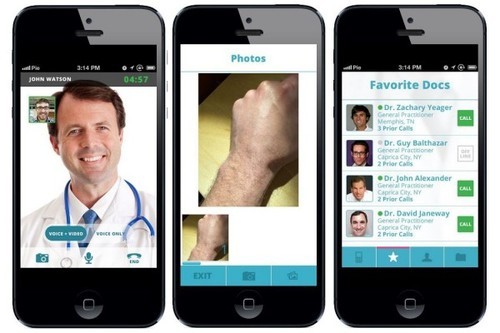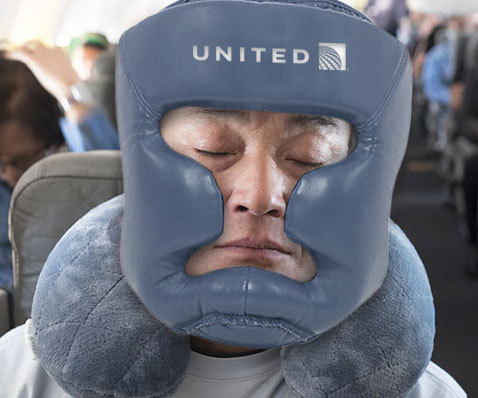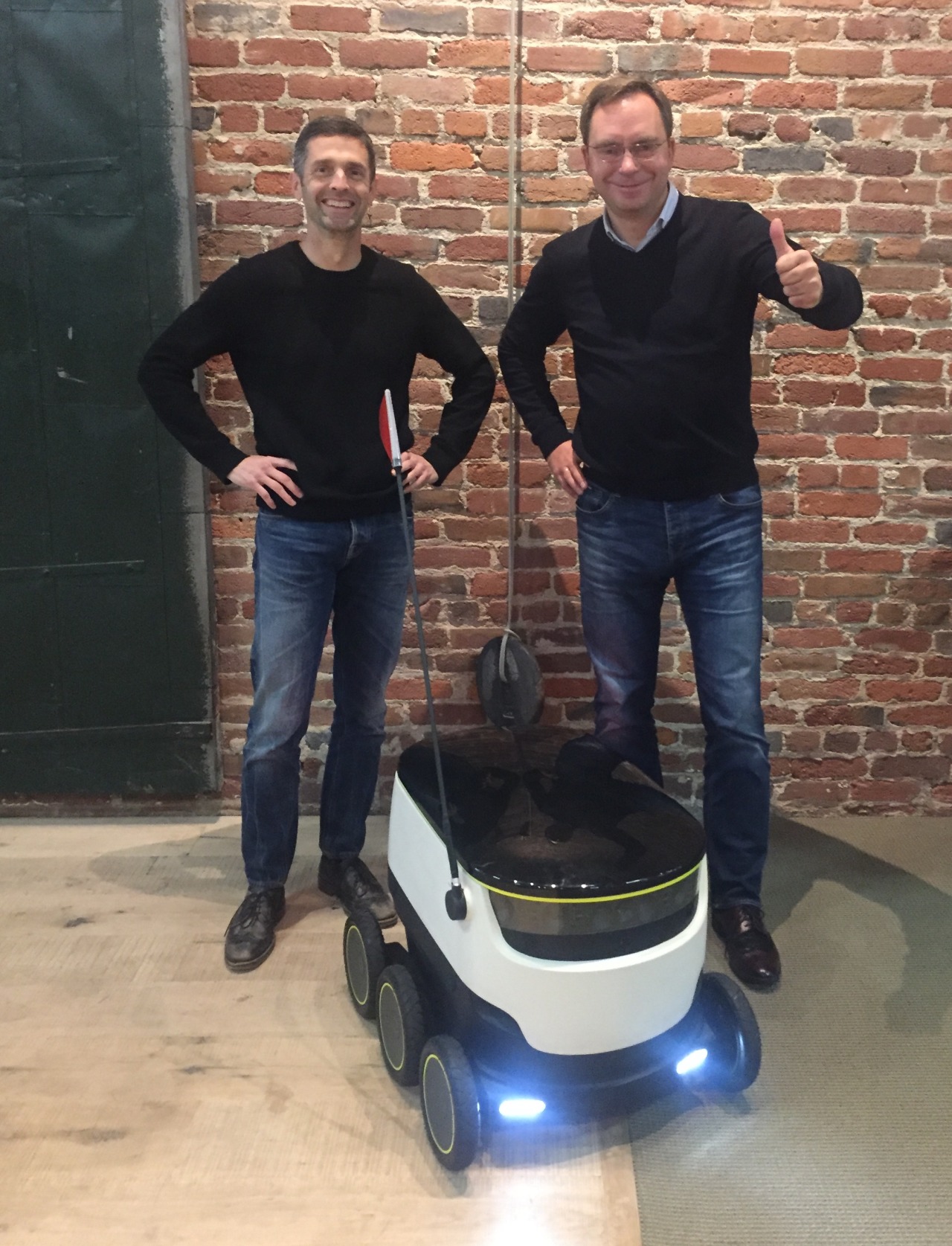Why We Doubled Down on Doctor on Demand
Earlier today Doctor on Demand announced a $21 million Series A financing. Shasta was an early seed investor in the company, and we backed up that investment with significant participation in this round.

Why did we double down? Healthcare is not a huge area of focus for us, but we think that smartphones have enabled a massive shift in how consumers will access medical care going forward. What really caught our attention about Doctor on Demand is that the user experience is far better than the alternatives. We’ve all spent countless hours in the Emergency Room or trying to schedule a doctor’s appointment - and many more trying to figure out whether to even make that effort. When you can open an app and get an instant consultation with a licensed physician in minutes - who can even prescribe medication - your life gets a lot better, quickly. We think that this isn’t just a lower cost alternative… it’s a much better experience overall. Anecdotally, everyone I’ve talked to about their experience with the application has raved about the service.
Of course, we also love the team. Adam Jackson is a driven founder. Co-founder Jay McGraw grew up in the world of consumer-focused medicine. They’ve built out an outstanding roster of physicians through the efforts of Pat Basu, their Chief Medical Officer. What we like the most about the team is their focus on improving consumer access to basic care - by making it better, faster, AND less expensive. There’s an old Hollywood adage about better, faster, cheaper (“pick two”), but with the Doctor on Demand mobile-first solution, you can have all three attributes.
Not only does this solution enable consumers to get instantaneous, high-quality care at any time, but it also allows doctors to practice medicine from anywhere in the world without the possibility of getting sick from their patients. Major companies love the solution. Fortune 100 companies like Comcast are rolling out Doctor on Demand to all of their U.S. employees.
I think that in the same way ubiquitous smartphones have disrupted transportation in major cities (think Flywheel and Uber), the widespread deployment of LTE around the world enables mainstream peer to peer (p2p) videoconferencing. Doctor on Demand is one of the first to identify this opportunity. I think specific verticals of expertise will get built out, and medical is one of the first. We’re very interested in the other verticals of expertise as well.




